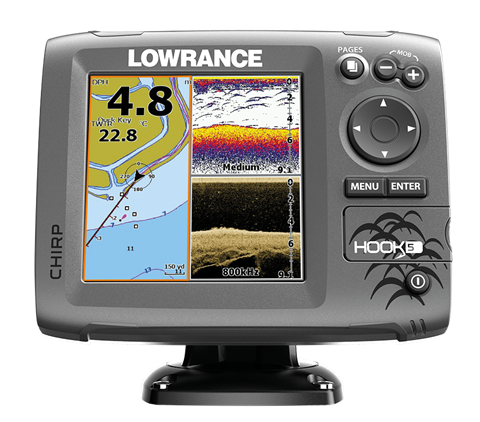How will it be Mounted?
- Most inland water boats are fitted with a transom or a shoot-thru-hull broadband sounder™ transducer as well as a second broadband sounder transducer on the bottom of the trolling motor, if equipped. Today, a transom mounted StructureScan HD® transducer can be found on most inland fishing boats.
- Most bay/flats/offshore boats are fitted with a transom mount or a thru-hull transducer.


















